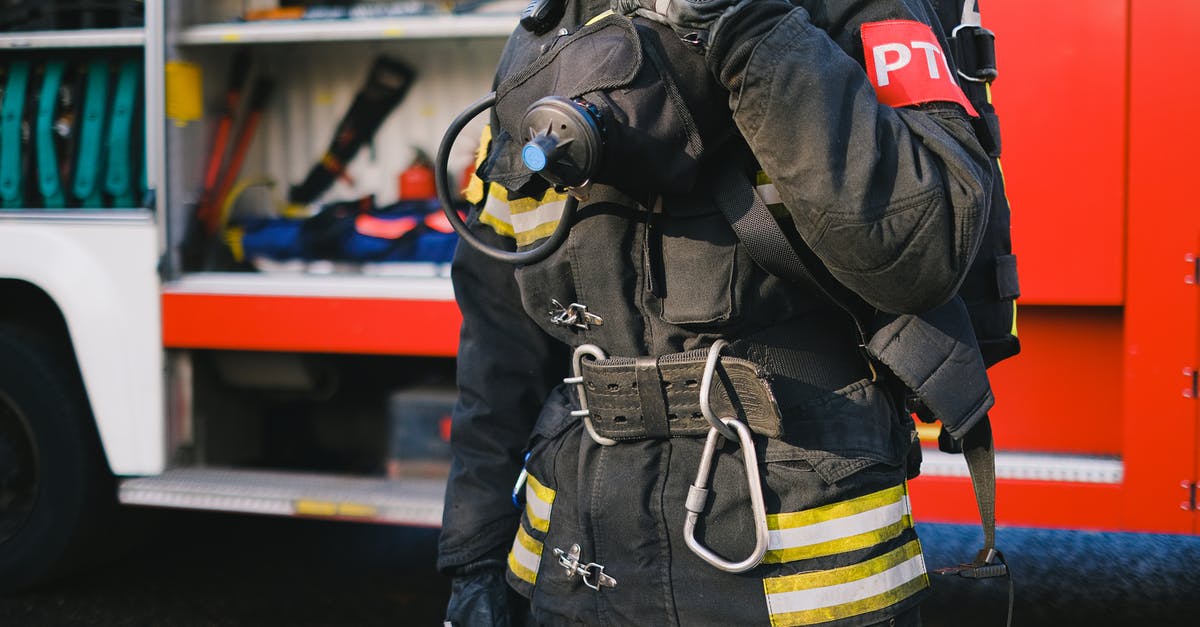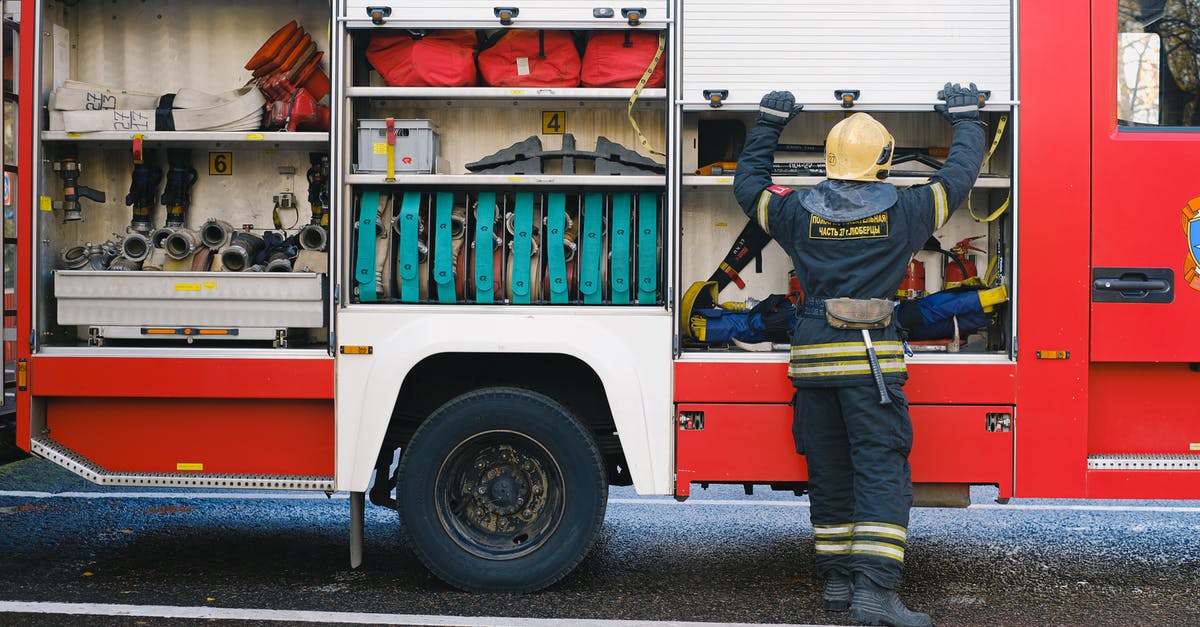Stopovers on Shinkansen services?

I'm planning a Hakodate-Tokyo journey this summer after the Hokkaido Shinkansen opens, but it's a four-hour journey even on the fastest service and I'd like to take a break, stretch my legs and eat some sushi somewhere along the way. (Yes, I'm familiar with ekiben train bentos, but despite the convenience they're not nearly as tasty.)
Can I stop over along the way, and if yes, do I need to indicate this when buying my ticket? Or am I best off just buying two entirely separate Hakodate-X, X-Tokyo tickets?
Note that I'm planning on using unreserved seating and not buying a Japan Rail Pass.
Best Answer
As macraf notes in his answer, all Shinkansen services north of Morioka (Hayabusa and Hayate) have only reserved seats. Between Morioka and Tokyo, you can take a slower Yamabiko train, which will have unreserved seating.
If you want to exit the ticket gates at the intermediate station
This is the JR definition of a "stopover" (????). Basically, base fare tickets allow stopovers (unless it's for a very short trip inside an urban area) but limited express tickets (either for reserved or unreserved seats) do not.
So in this case the best strategy is to buy a single base fare ticket from Hakodate to Tokyo, and two separate limited express tickets. When you exit at your intermediate station, your base fare ticket will be returned, and you can use it again to re-enter. Also, since this is a very long trip, your base fare ticket will actually be valid for several days (the validity period will be printed on the ticket), so you could even make several overnight stopovers.
If you do not exit the ticket gates at the intermediate station
If you are using reserved seats, the above also applies because reserved seat tickets are only issued for a particular train on a particular day, and are not valid on any other train.
If you are using unreserved seats, you can get off a train and on another one with a single limited express ticket because unreserved seat tickets are valid on all trains on a particular day. (For example if I buy an unreserved seat ticket from Morioka to Tokyo valid today, I can stop in Sendai for a bowl of udon, and again in Koriyama to buy the excelent senbei they sell there.)
So in your case, for maximum stopover flexibility you can buy a reserved seat ticket from Hakodate to Morioka (since trains on this section have no unreserved seats), and then an unreserved seat ticket from Morioka to Tokyo (and you can make as many stopovers as you want on this section as long as you don't exit the ticket gates).
Pictures about "Stopovers on Shinkansen services?"



Can you hop on and off Shinkansen?
With this ticket you can travel freely for a designated period of time (7, 14 or 21 days) on all Shinkansen (except Nozomi) and JR trains. You can make reservations free of charge with this pass, making it also easy to hop on and off the train as you please.Does Shinkansen toilet?
Of course, there are. All long distance trains in Japan have them. no better than toilets on airplanes. Yes, on the Tokaido Shinkansen there are usually three choices (and it is marked in Japanese and English).What happens if you miss Shinkansen?
If you reserved a seat and miss the shinkansen, nothing happens except the seat is wasted. You can always take the next shinkansen and go to the unreserved carriages or make a new reservation.Is eating allowed on Shinkansen?
Eating and drinking on Japanese trainsYou should eat on trains only when taking a long-distance train, such as the Shinkansen. These types of trains have a tray and cup holder at every seat, and snacks are sold from a vendor trolley. When taking this type of train, it is also acceptable to bring your own food.【Japan Explained】002 - Stopover Attractions along the Hikari Service (Shinkansen)
Sources: Stack Exchange - This article follows the attribution requirements of Stack Exchange and is licensed under CC BY-SA 3.0.
Images: ANTONI SHKRABA, ANTONI SHKRABA, Anna Shvets, Anna Shvets
